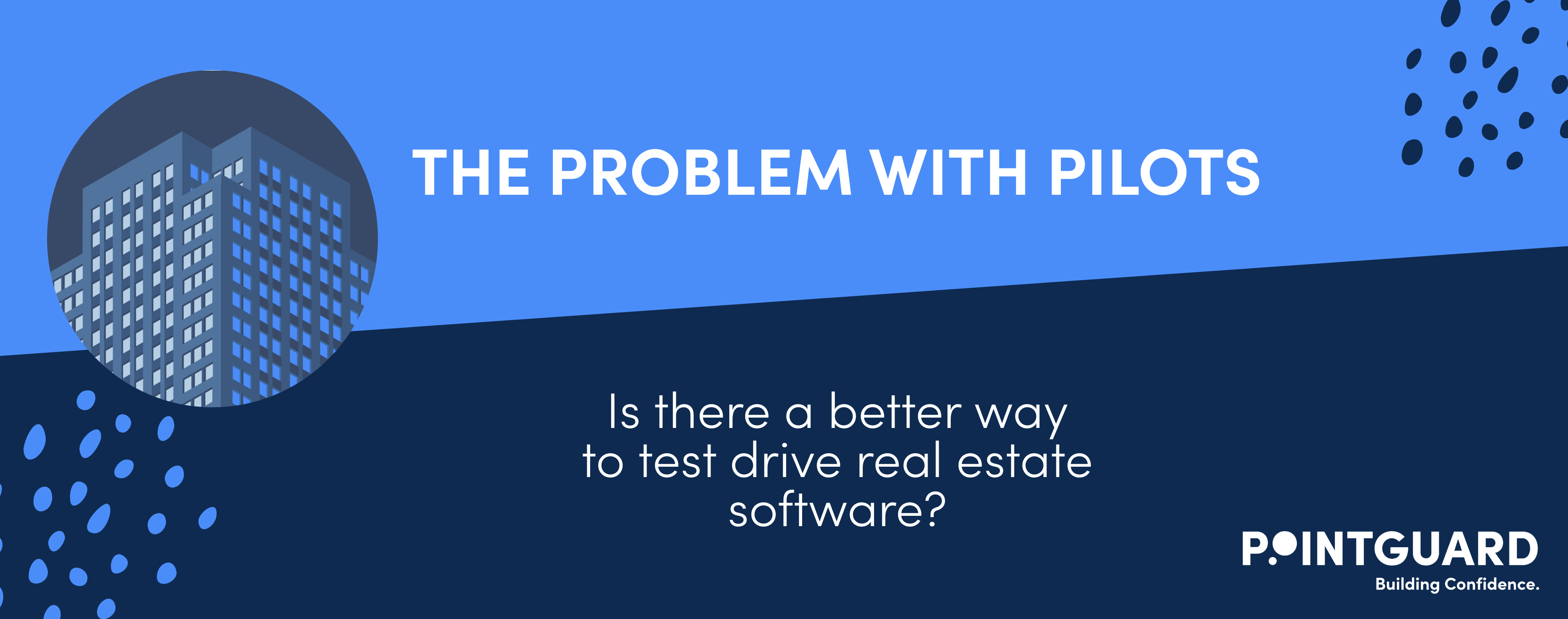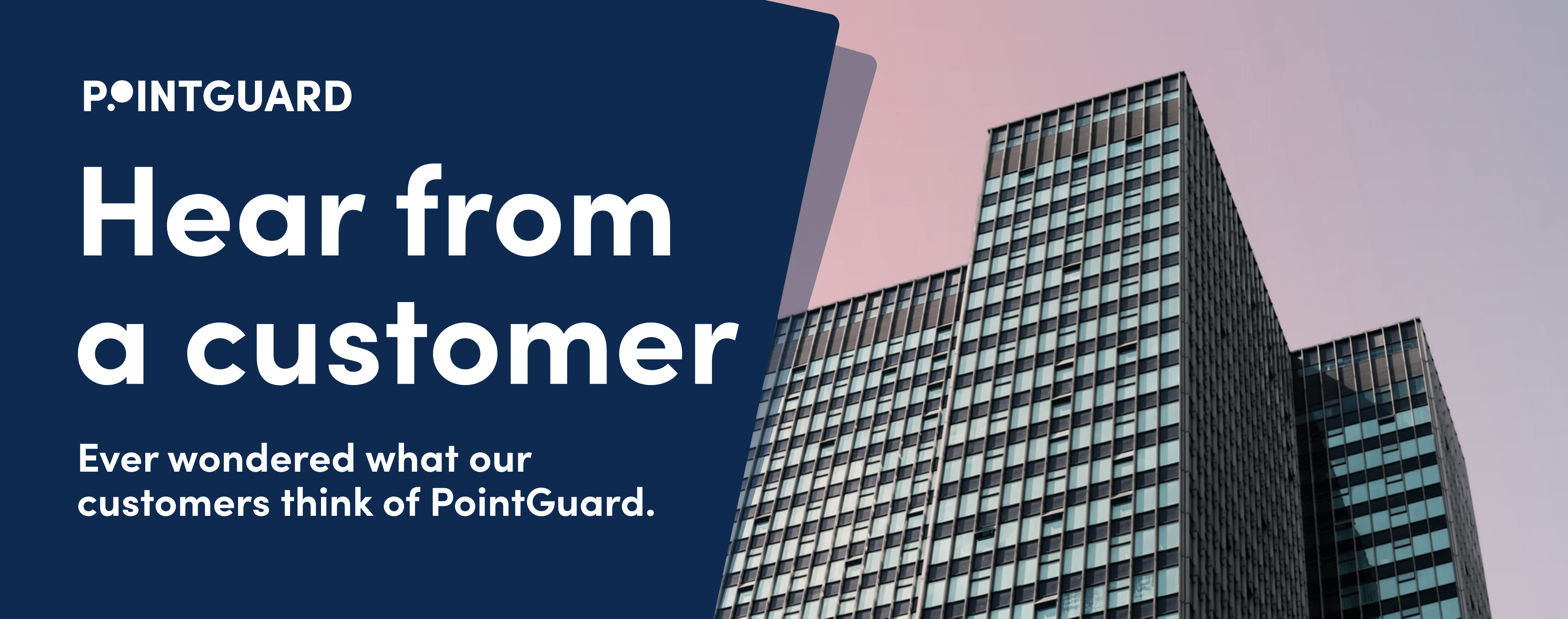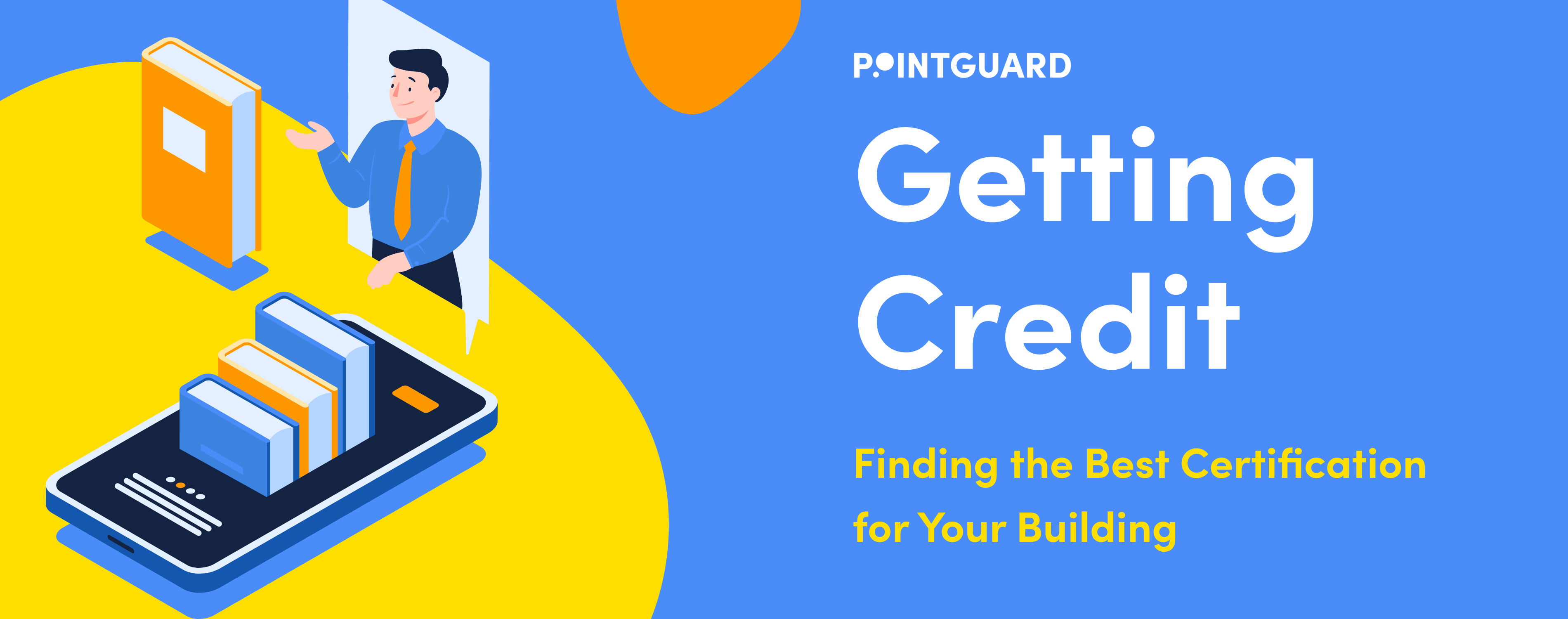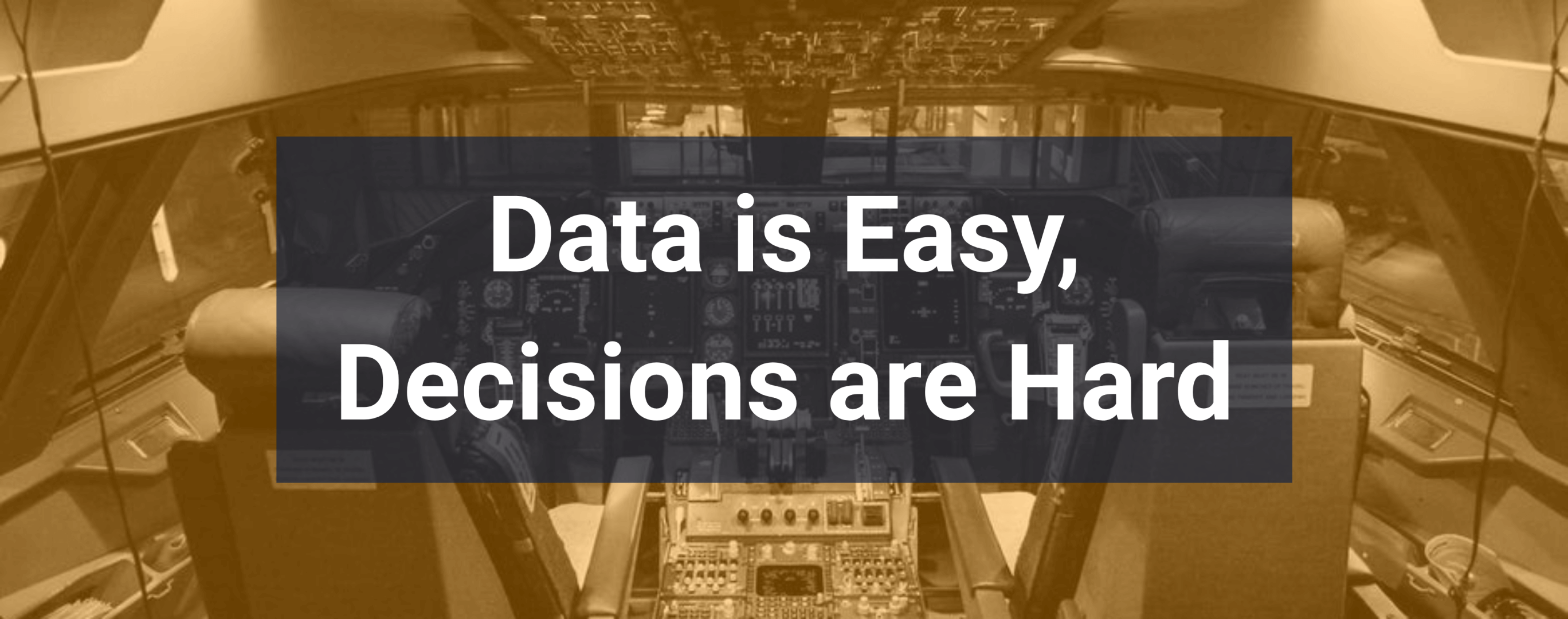When you want to try new software for your building, how do you test it?
One of the most common ways is with pilots – which usually last 6-12 months. Instead of buying the technology fully, you only have to buy it for a year. At the end of the pilot, you can choose to buy the technology or try a new solution.
To sample new tech this way, you have to buy it for an entire year – just to test it.
That’s like having to buy a car for a year just to test drive it. If you drive the car for a month and realize it’s not the right fit, you still have 11 more months you have to pay for it. You wouldn’t buy a car for a year just to test drive it, so why would you do that with real estate technology?
Rapid Innovation | And, yearlong pilots don’t account for the pace of innovation. With the rapid pace of innovation in real estate technology, the solution you’re trying will likely be outdated at the end of a year. So, you’ll have few advantages using that tech vs not using tech at all.
Safi Aziz, a senior associate at MetaProp remarks that “the time to do a full … 6-12 month pilot is coming to the wayside. Because, by the time you come to the end of a pilot and make a decision, there could already be a competitor right on its heels.” With a yearlong pilot, you could waste 12 months on a technology that’s far behind others by the end of the pilot.
Expensive to Implement | Along with the pace of innovation, yearlong pilots are also expensive. They can cost upwards of $100,000 for only a year. And, if the solution doesn’t work as promised, you’ve wasted that investment. This potential for so much wasted money makes it challenging to get executive buy in to try new tech.
A Navitas Capital white paper on smart buildings states that “getting the ball rolling and the inertia moving remains the largest challenge to the adoption of real estate technology.” Pilots worsen this problem by making initial adoption difficult due to the large monetary and time commitment required.
Abstract Goals | Plus, pilots can have ill-defined metrics that make it difficult to know whether the solution works. According to KP Reddy, founder of Shadow Ventures, the purpose of pilots is to “confirm that the value purported by the startup is either true or applies to the customer.” However, many pilots struggle to demonstrate this because they don’t have clearly defined success factors.
Instead, pilots often have abstract goals that make it difficult to tell whether the pilot was a success – and if it’ll work for your company. So, at the end of a year, you have little proof of the tech’s effectiveness to show executives, making it hard to get buy in for full implementation.
The Bottom Line | Although yearlong pilots let you test drive technology, they’re expensive, take too long, and make it difficult to prove results to get approval for full implementation.
Want a better solution to test new real estate technology? Check out our white paper on The Problem with Pilots to learn more about new ways to test tech.
About PointGuard | PointGuard is a facility management software company that leverages existing building control systems to maximize the value and performance of mechanical equipment, increase occupant comfort and extend asset life. PointGuard’s platform, via monitoring based retrocommissioning, provides real time transparency to equipment performance in buildings for instantly better decision making for maintenance and capital budgets - so one facility engineer can manage up to 20MM sqft strategically and effectively. The PointGuard Snapshot provides an overview of operational performance levels after just 30 days of data, revealing potential and permanent improvements available through Pointguard's analytics platform. Based out of Charlotte, North Carolina, please visit www.pointguardtech.com for more information.












